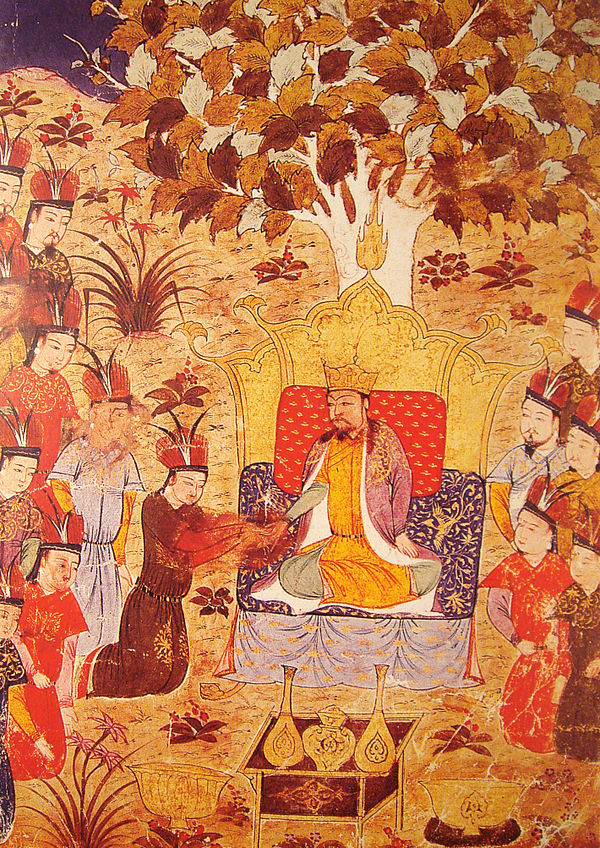
Mongol Invasions of Korea
The Mongol invasions of Korea (1231–1259) comprised a series of campaigns between 1231 and 1270 by the Mongol Empire against the Kingdom of Goryeo (the proto-state of modern-day Korea). There were seven major campaigns at tremendous cost to civilian lives throughout the Korean Peninsula, the last campaign would finally had successfully made Korea becoming a vassal state of the Mongol Yuan dynasty for approximately 80 years. The Yuan would exact wealth and tributes from the Goryeo Kings. Despite submission to Yuan, internal struggles in the Goryeo royalty and rebellions against Yuan rule would continue, the most famous was the Sambyeolcho Rebellion. In 1350s, Goryeo began attacking the Yuan Dynasty's Mongolian garrisons, regaining back former Korean territories. The remaining Mongols were either captured or retreated back to Mongolia.




















